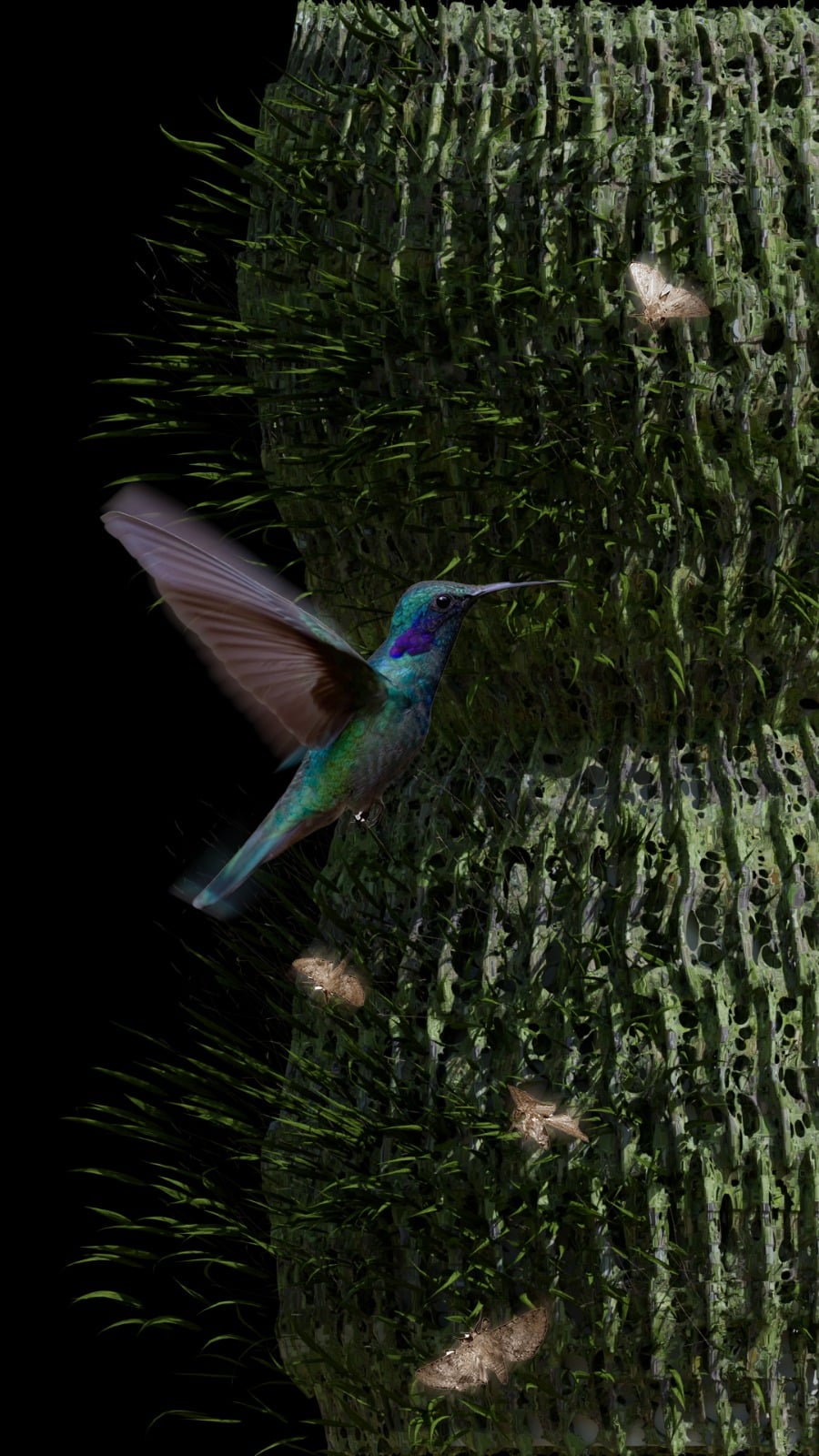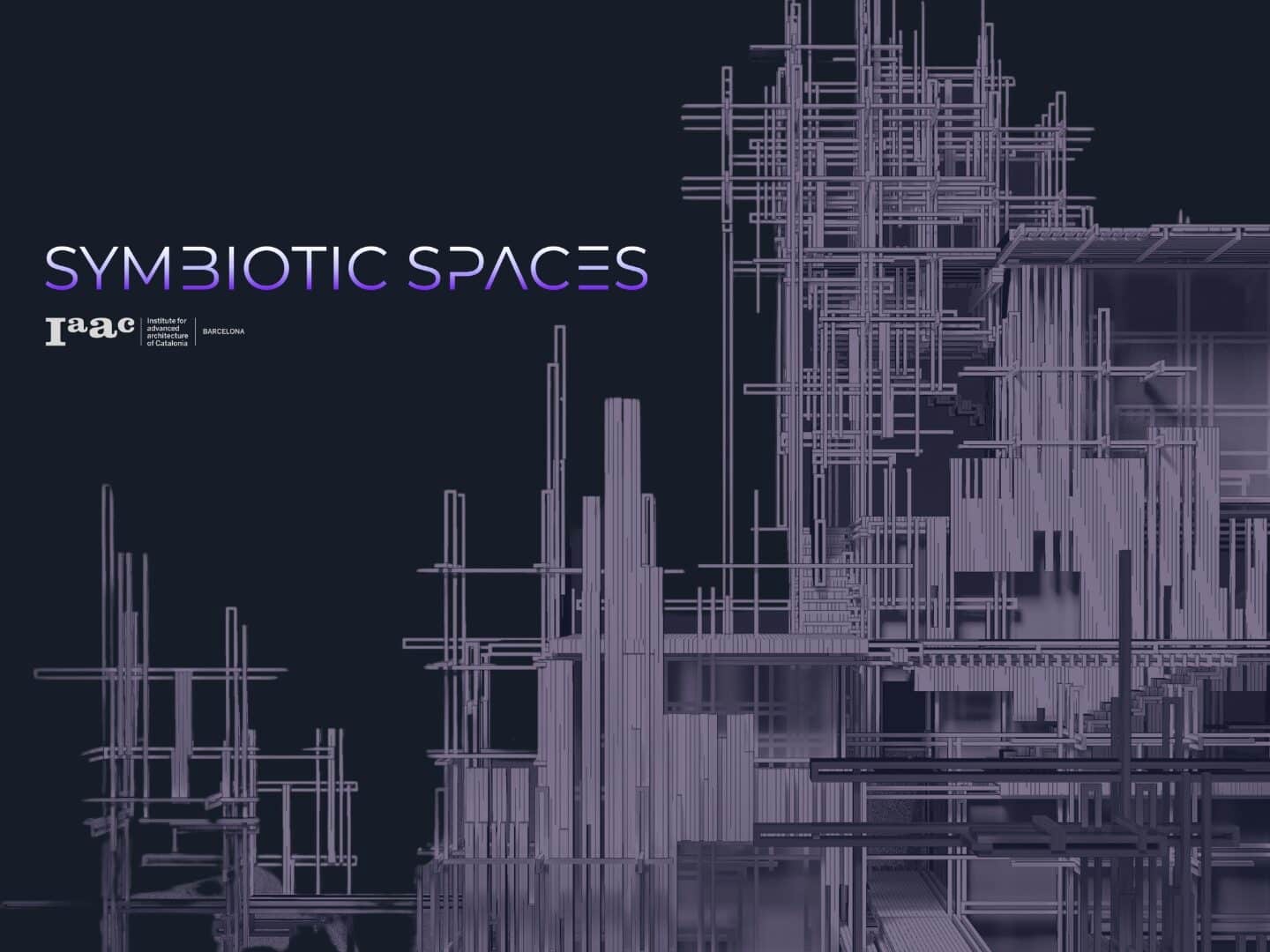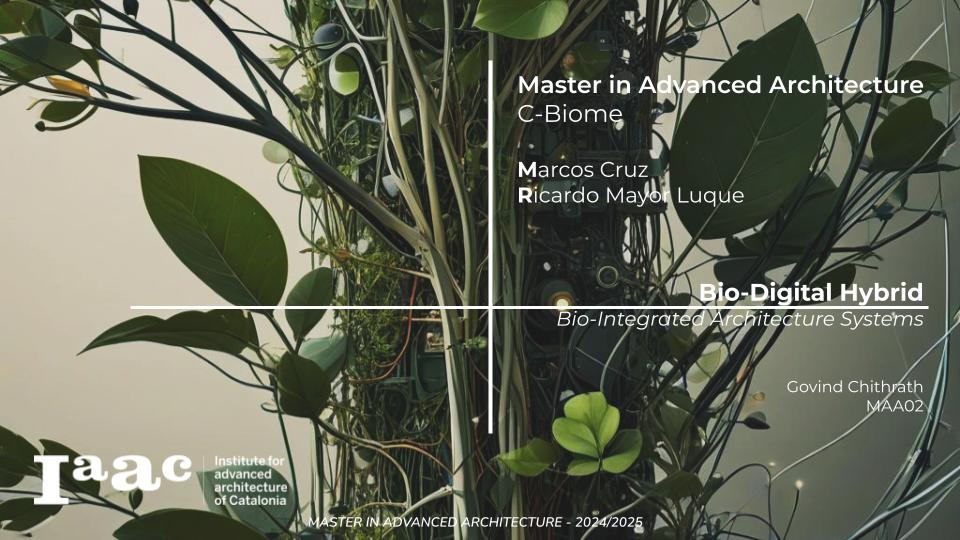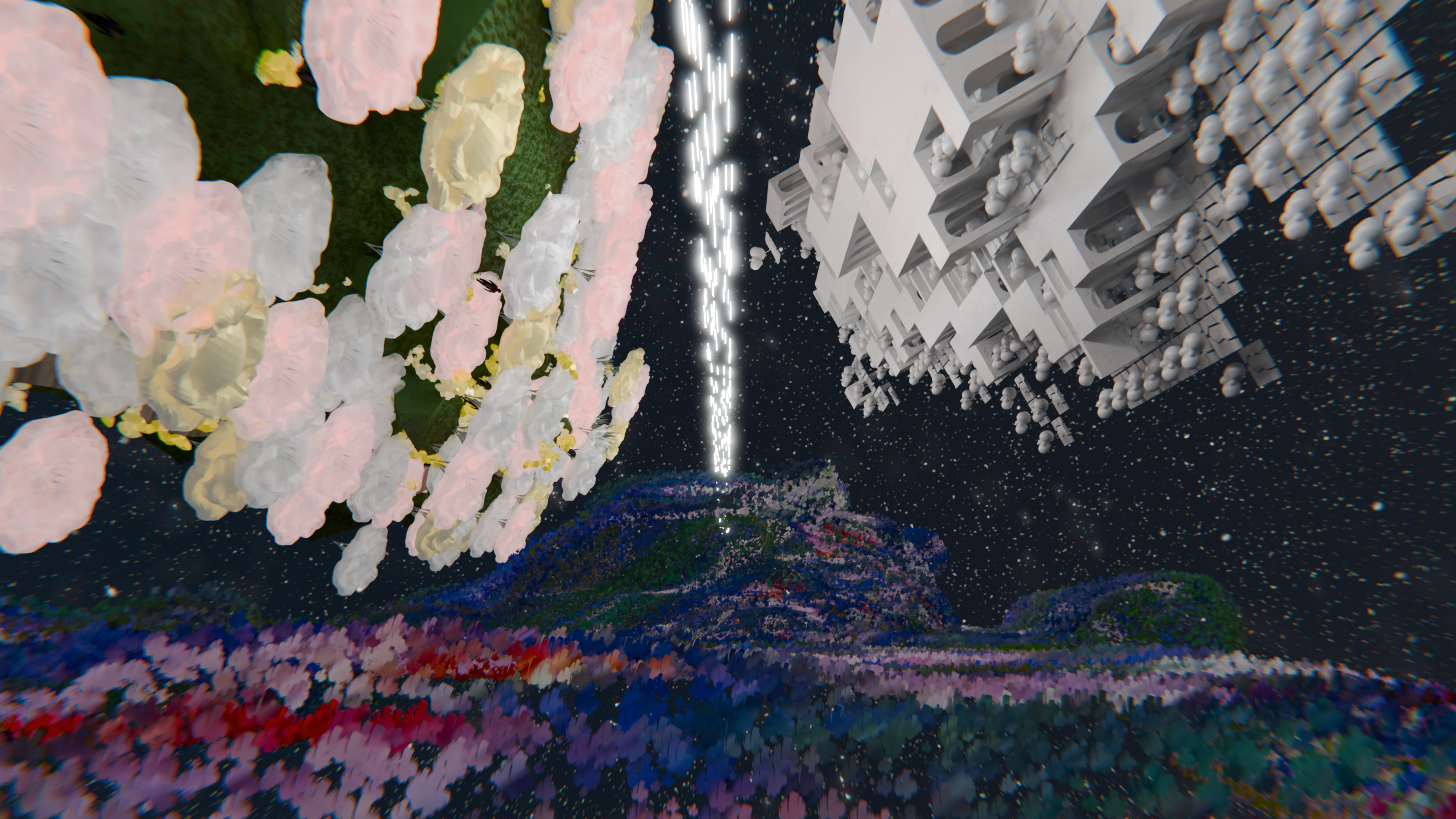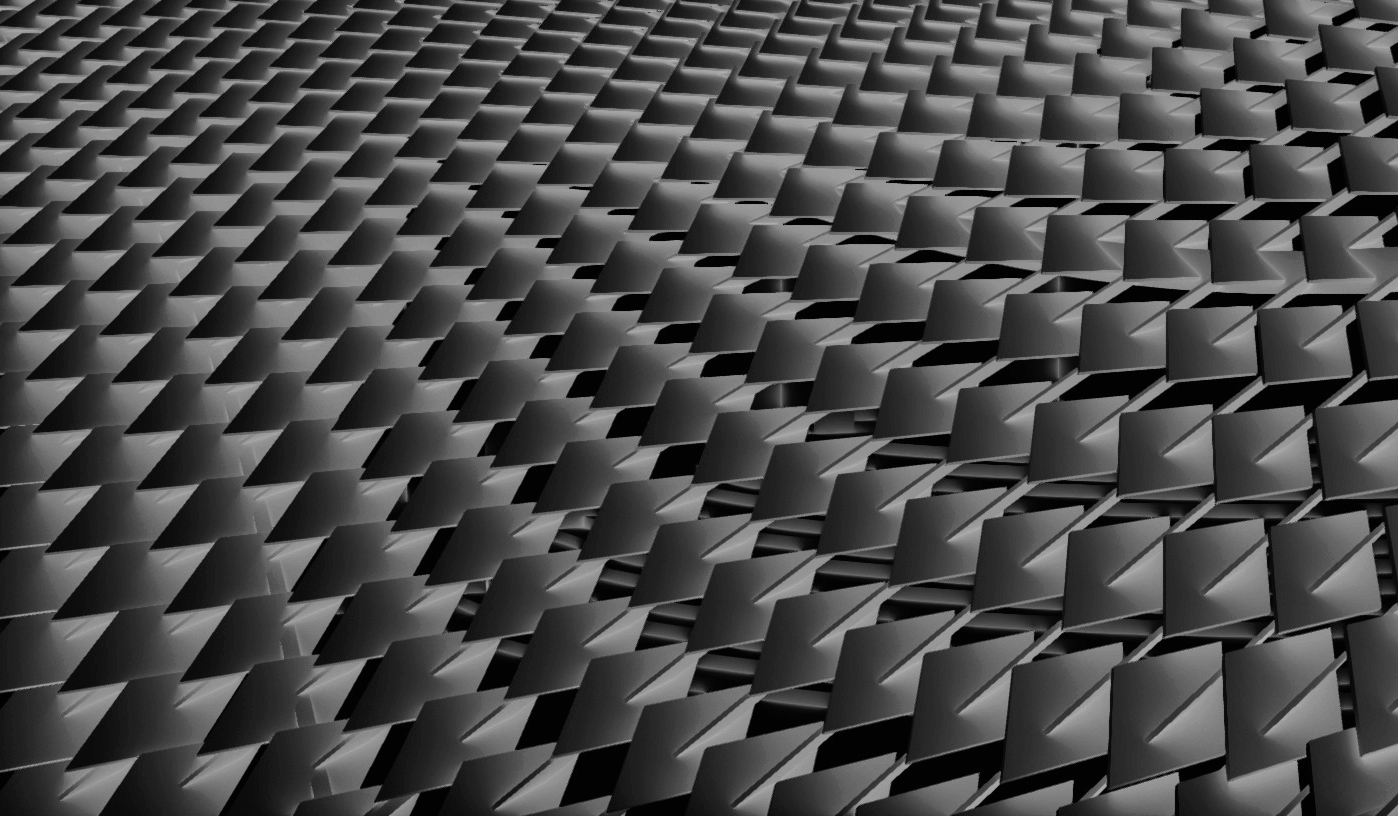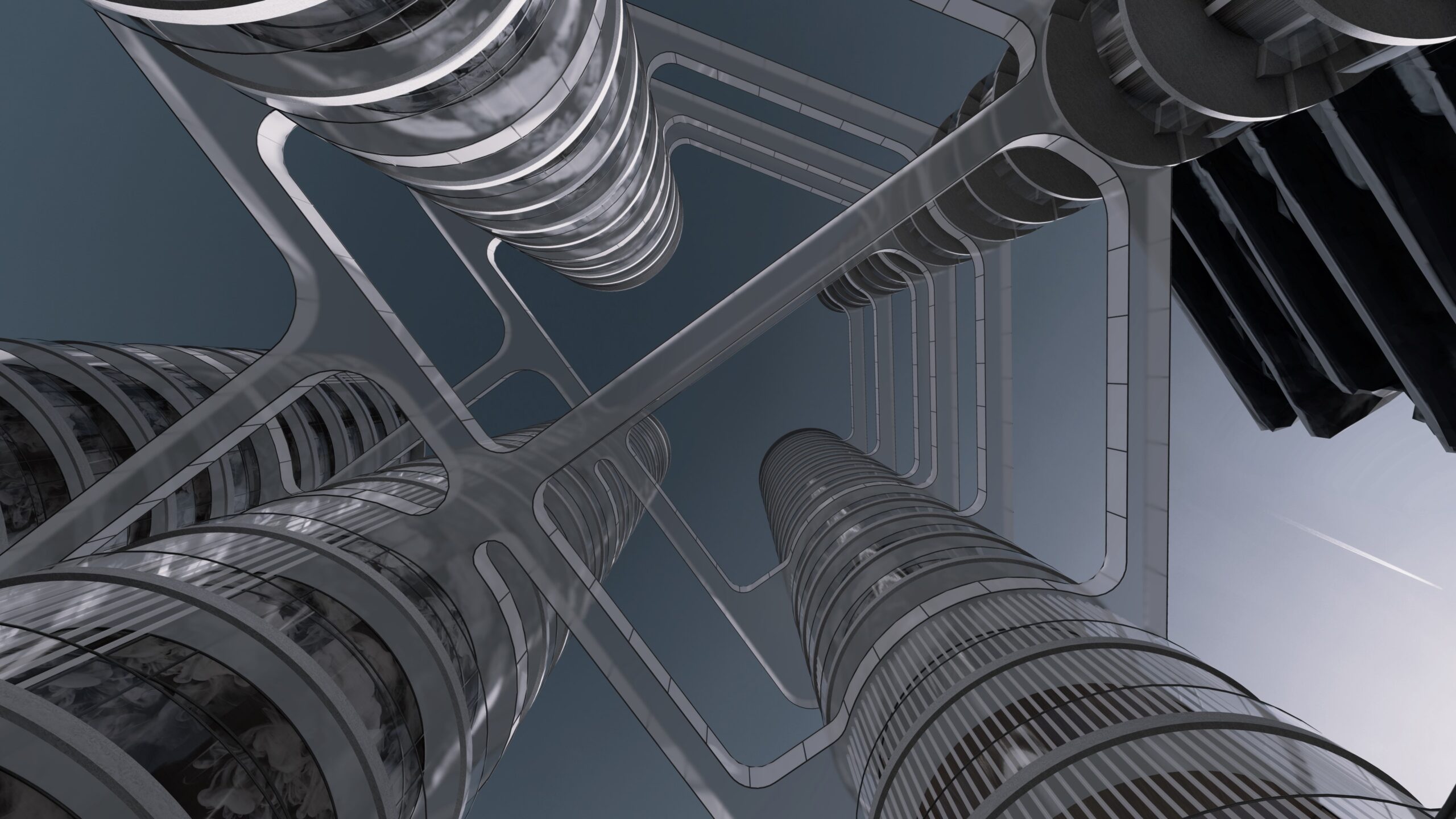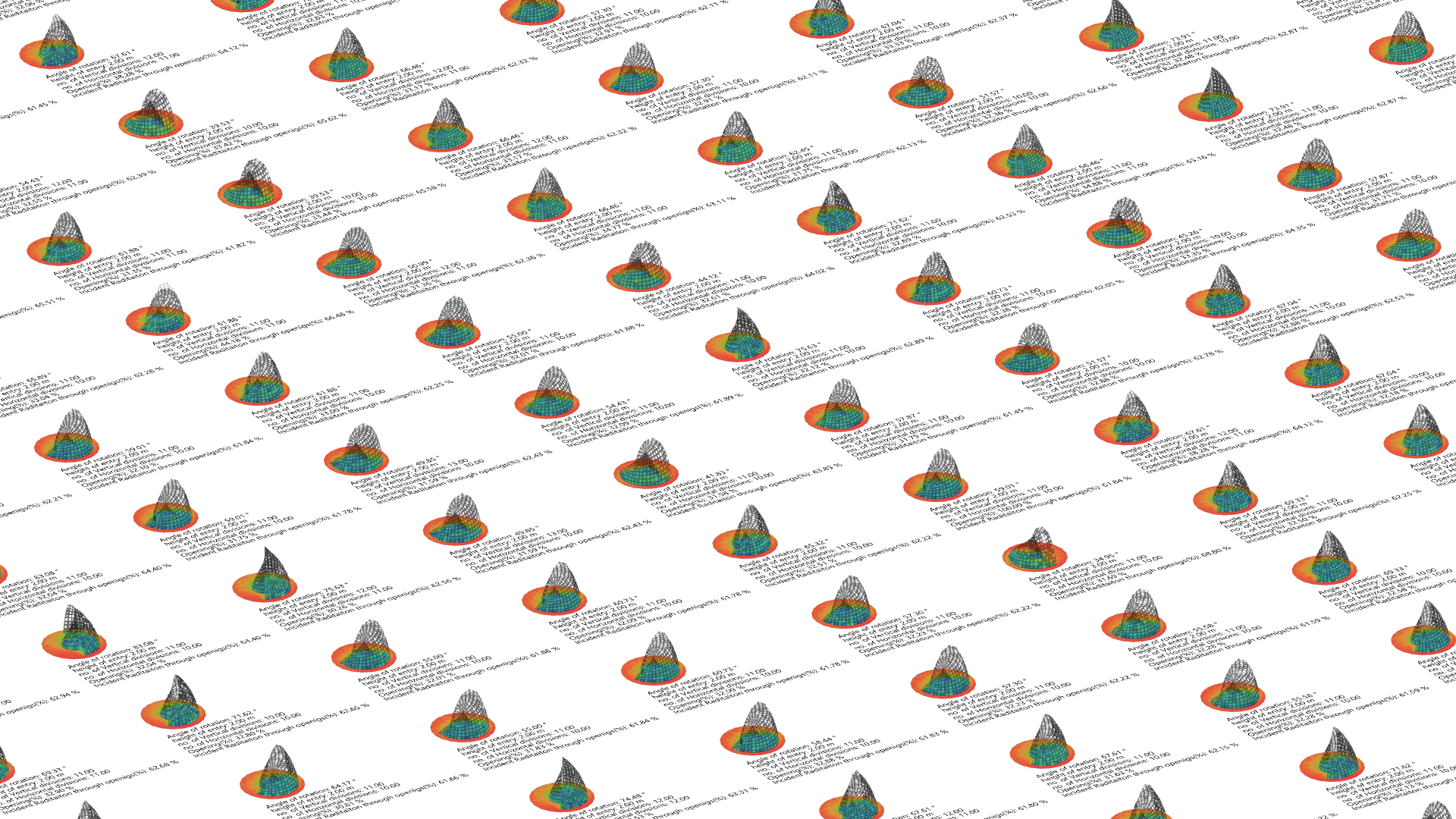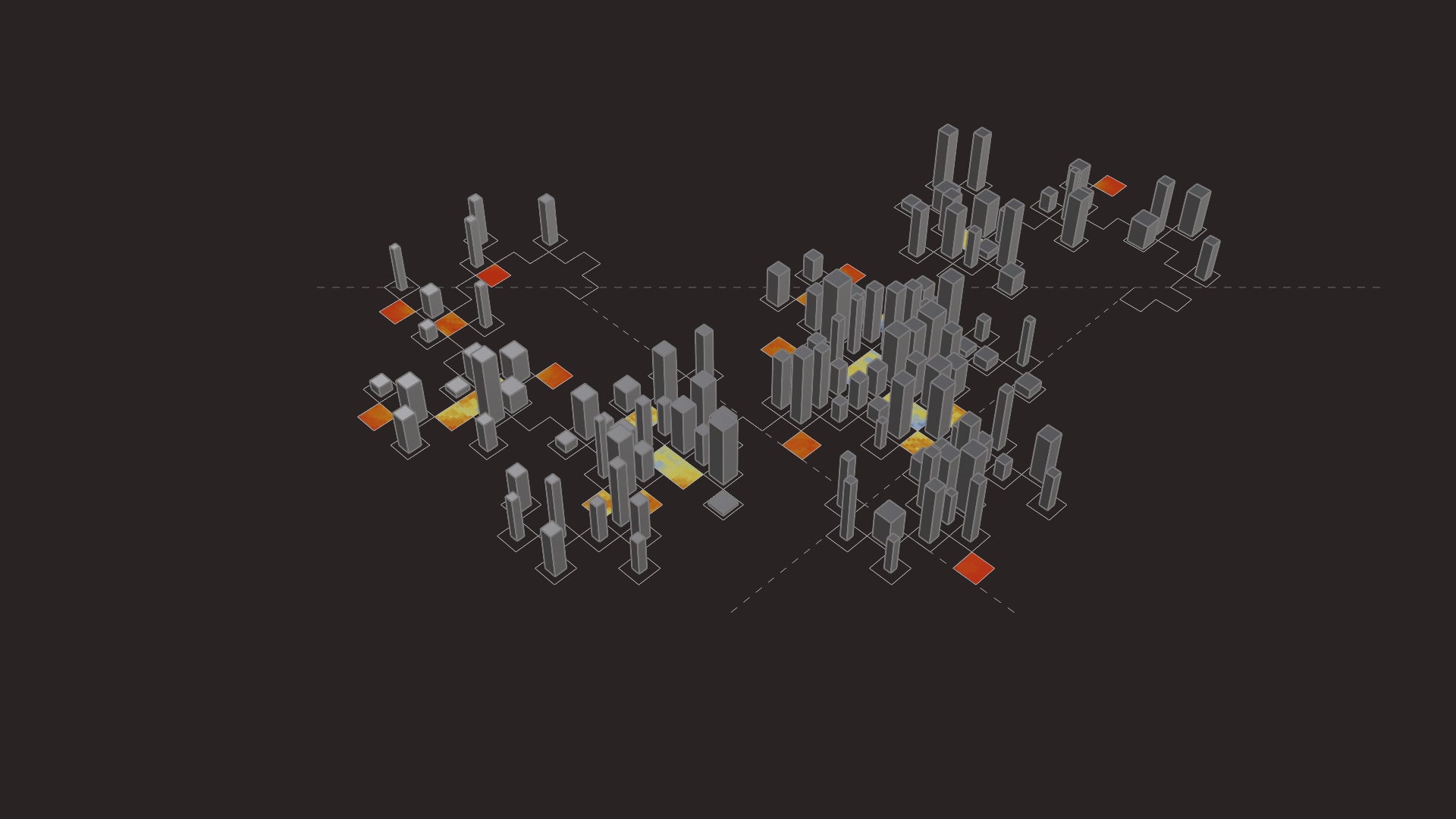The MAA is a visionary master program with an innovative and open structure, mixing diverse disciplines, shaping professionals capable of producing theoretical & practical solutions towards responsive cities, architecture & technology.
KOMA
can robots and humans work hand in (hand) to create beautiful architecture? KOMA is a contemplative space, designed to be set in the landscape and allow for peaceful viewing, the form of KOMA is parametric and is able to sway with the wind through the use of tensile cables. The vertical timber elements were placed … Read more
Data Driven Vertical Living
Optimising Modular Skyscrapper design through environmental and spatial intelligence
SYMBIOTIC SPACES
Climate change has become one of the primary drivers of forced displacement around the world, giving rise to the phenomenon known as climate migration. Here are some examples of statistics in the last year, forcing people to move to other cities and countries. Some of the most relevant examples of this displacement, have been occurred … Read more
Bio-Receptive | Interfaces I
Designing Bio-Digital Hybrids for Environmental Intelligence The project aims to addresses 3 key problems, by creating a system that brings together anthropogenic mass and bio-mass, sequesters carbon and purifies the air within it’s immediate context. The project is envisioned as an adaptive system, that can be aligned towards solving different problems through biological and digitally … Read more
Re-Thinking Prison
Concept Re-Thinking Prison explores the potential of virtual spaces to rehabilitate inmates by offering environments that encourage emotional growth and learning. Inspired by Bosch’s The Garden of Earthly Delights, this project envisions three distinct worlds—Color, Nature, and Minimalist—as transformative experiences for inmates. Each world is designed to guide inmates through emotional introspection, mental restoration, and … Read more
.WAVE LIGHT.
“When light scenography meet architecture” .Manifesto. This pavilion is conceived as an immersive scenographic installation that merges architectural geometry, lighting design, and environmental interaction. At its core, the project explores the dynamic relationship between form, light, and water, transforming the structure into a performative space that engages visitors through a carefully choreographed visual experience. The … Read more
ADAPTIVE WINDOW BLINDERS
INTRODUCTION TO PROGRAMMING AND PHYSICAL COMPUTING CONCEPT This innovative prototype is designed to automatically adjust the angle of shading in response to changing ambient light conditions, enhancing both comfort and energy efficiency. The project is focused on enhancing energy efficiency, comfort, and usability in architectural spaces by effectively harnessing and optimizing natural light. This approach … Read more
THE CRYSTAL LATTICE
The objective of this assignment is to design a parametric facade that incorporates movable panels. This innovative approach aims to enhance both the aesthetic appeal and functionality of the building, allowing for adaptability to various environmental conditions. By exploring the principles of parametric design, we can create a dynamic exterior that responds to changing light, … Read more
ChromaEnergon
ChromaEnergon represents an innovative approach to student housing architecture that transcends conventional design paradigms tapping the potentials of climatic energy and thermochromic pigments. This concept leverages verticality, slenderness, and dispersed tower structures to create dynamic living environments. By strategically mapping energy into various spaces through the skin which the facade, ChromaEnergon aims to generate unique … Read more
Performative Design – optimizing the Anthropocene Computational Design III – final assignment
_performative design Optimization : “The action of making the best or most effective use of a situation or resource.” Design optimization: “The process of finding the best design parameters that satisfy project requirements.” Design Objective: Design an optimized dense urban occupation plan that follows a fractal pattern grid. Optimization Goals of the project: _designing the … Read more



